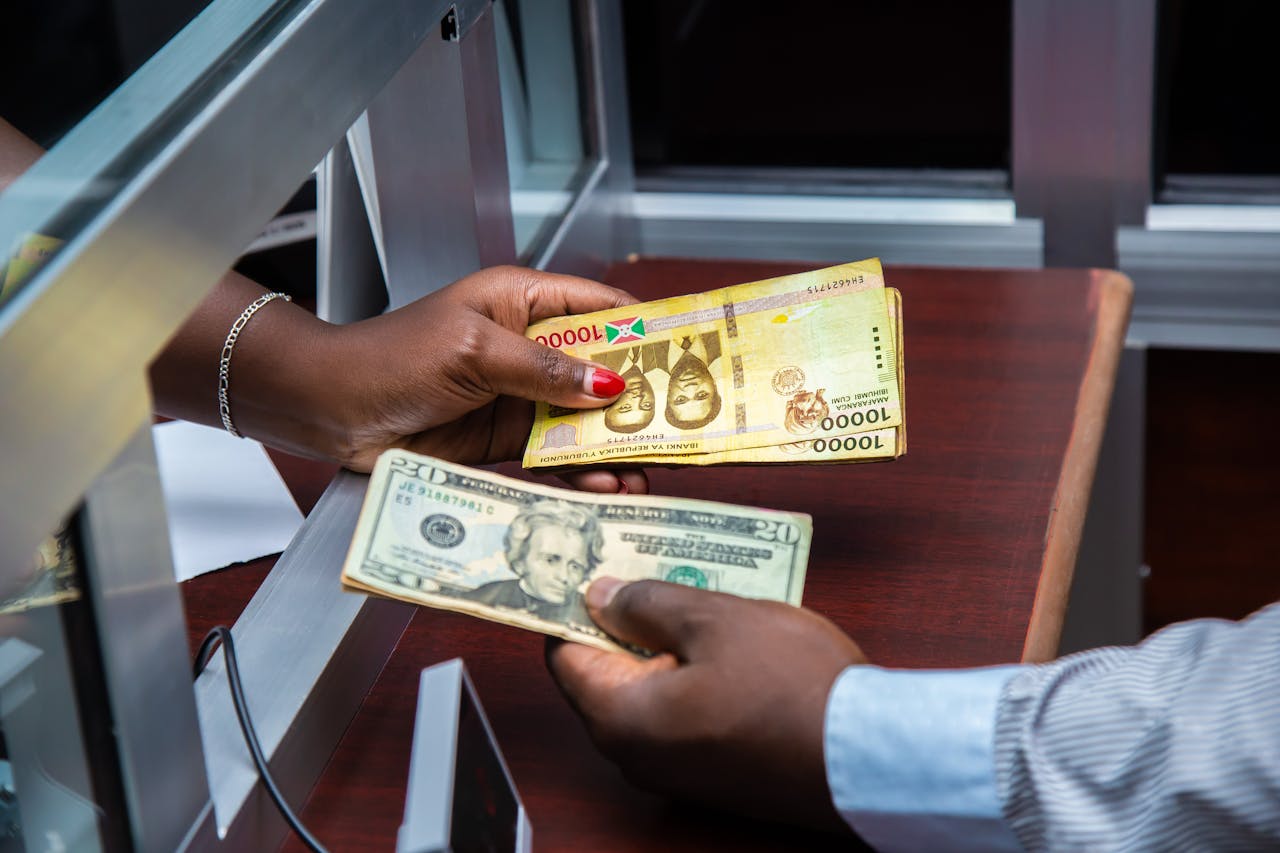One thing that this ecosystem is familiar with is that you can never keep up with the buzzwords. Today, we bring you yet another one, “Embedded Finance,” and we are here to assure you that it isn’t so serious. Some may have heard about it but just didn’t know that was the lingua.
We believe that while people may not recognize this term or tech, it is everywhere, and we will show you. Remember when you were trying to order your craving from a food delivery app and suddenly you realized that you could also split the bill with a friend, or you tried placing an order on Amazon. When you were about to check out, you discovered a “buy now, pay later” option?
Embedded finance are those financial services that are woven into the apps, markets and tools that people use every day, and it is not far-fetched, we are talking about diverse payment options, insurance, loans, etc.
An application of this is when a Nigerian truck driver insures his vehicle while booking an instant delivery job on an app. A South African hairstylist takes out a loan while ordering hair extensions online. None of these people are logging into a bank app or standing in a queue. Instead, they’re using something invisible, financial tools built directly into the platforms they already trust.
In Africa, where traditional banks often fail to reach millions, this is revolutionary.
Cash, Risks, and Real-time Payments
In Kenya, smallholder farmers and vendors needed capital to grow or stock fresh produce but lacked the credit history to secure loans. Twiga Foods, a Nairobi-based agritech company that embedded finance into its supply chain. Twiga connects farmers directly to urban vendors via its app, and using sales data from thousands of daily transactions, it offers instant working capital loans to vendors.
A tomato vendor in Nairobi receives a loan limit based on their order history. They can borrow funds to purchase larger stock volumes, repaid automatically as sales roll in. Farmers, too, benefit. Twiga pays them upfront for produce, eliminating the wait for market-day payments. Since launching this model, Twiga has disbursed over $50 million in loans, with default rates below 10% thanks to automated repayments.
Heading to Nigeria, truck drivers once waited weeks for payments after deliveries, stranded without funds for fuel or repairs. Kobo360, a logistics startup, embedded instant payments and insurance into its app. Drivers now tap a button to receive payments within 48 hours, not weeks, or access 80% upfront cash against invoices. Breakdowns trigger instant repairs via embedded insurance. Drivers complete 40% more trips monthly, while clients like Unilever Nigeria cut freight costs by 27% and achieve 92% on-time deliveries in a country ranked #182 for trade efficiency. Cash flow gaps vanish, and no extra steps are needed.
Why Africa?
The need for embedded finance wasn’t random; it came from a crucial need on the continent, with 57% of adults lacking bank accounts but 75% owning mobile phones (GSMA, 2023). Startups skip branches and ATMs, plugging financial services into everyday tools.
Take M-Pesa, Kenya’s mobile money pioneer. What began as a way to send cash via text now handles $314 billion yearly, equivalent to 87% of Kenya’s GDP. Newer players like Ghana’s Float (which lets businesses manage cash flow inside accounting software) and Egypt’s Khazna (offering salary advances via employer apps) prove this model works across borders.
But challenges exist. Regulations vary wildly across 54 countries. Startups like Nigeria’s PiggyVest tackled this by creating offline savings groups, while Kenya’s Tala uses phone data (call logs, app usage) to assess creditworthiness where credit scores don’t exist.
What’s next?
Embedded finance is solving real problems, like the ability to plant crops on time, getting back home safely to your loved ones, the inconvenience of going to a traditional bank and spending all day in long queues, and so on.
The next phase is already here. In Senegal, farmers insure crops via WhatsApp chatbots. The revolution is right here in the apps we use, the markets we trust, and the stubborn African hustle to make things work.
Africa’s financial future is being built by startups you’ve never heard of, solving problems you didn’t know existed. And the best part? You won’t see it coming.
Tell us, did you hear of embedded finance before now? Have you come across any of these finance options included in the apps you use regularly?



